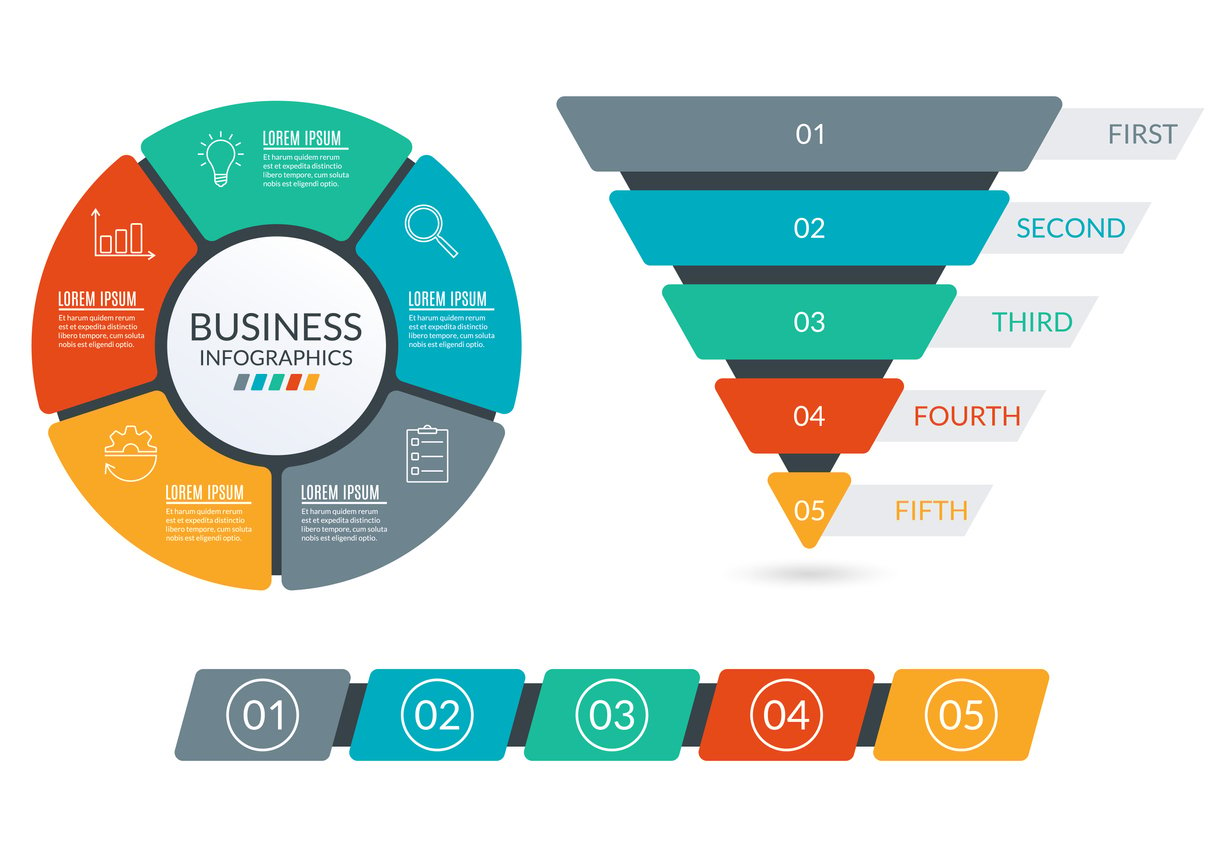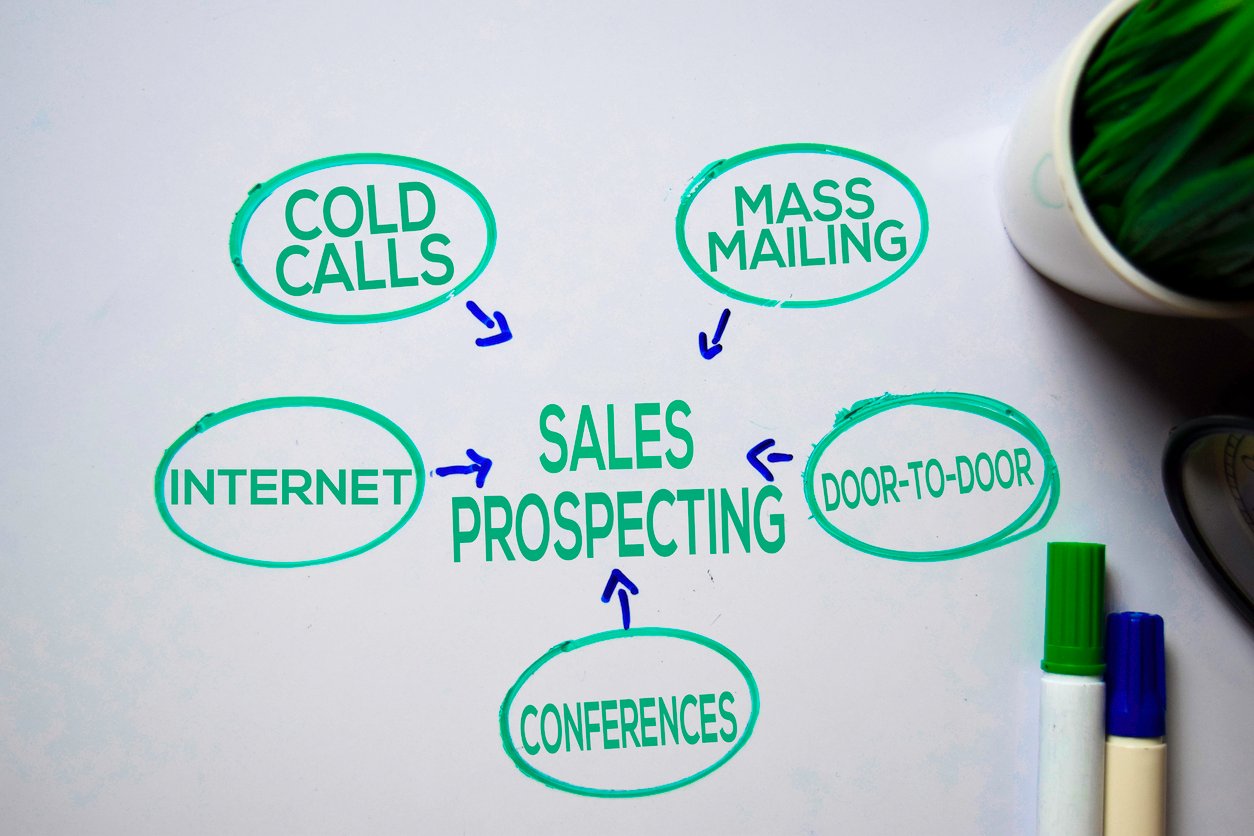
Outbound vs Inbound Calls - Everything You Need to Know
 Updated on
Updated on
 By Carlos Correa
By Carlos Correa
Carlos Correa
Carlos has been involved in the sales space for well over ten years. He began in the insurance space as an individual sales agent, managing teams as s...
learn more
Carlos Correa
Carlos has been involved in the sales space for well over ten years. He began in the insurance space as an individual sales agent, managing teams as s...
Table of Contents
Table of Contents
Call center workers, rise up!
It's time for another day of calling a customer and praying that it goes to voicemail or putting a customer on hold for a long time, just hoping they'll give up and hang up.
Ok wait, that's not actually what a call center rep is supposed to do.
Jokes aside, working in a call center might not be the most forgiving job out there, but call center workers are still super important for effective sales and customer service.
That's right, there's still a reason to have dedicated people available to accept customer calls even in today's day and age. Even with a plethora of other communication options available, like web chat and email, the phone isn't going away anytime soon as a valuable tool for customers to reach companies and vice versa.
And it's not just call center reps that are beholden to the phone.
Depending on how long it takes them to conduct pre-call research (e.g., checking previous customer conversations, investigating the status of an ongoing sale or support issue) and how long it takes the customer to answer the call, a typical sales rep could be dedicating several hours a day chatting with customers as well.
And that's definitely not a bad thing. Making sure that existing customers are happy and nurturing prospects is important, and a lot of that can be done over the phone. In fact, a recent survey found that the majority of Americans prefer to talk to an actual, live agent over the phone over other cold email or live chat (although the latter two were the next preferred methods aside from phone).
But with so many different types of calls flying around your business each day, it's important to understand which calls your employees are receiving and ensure that they have the right tools and support to handle each one effectively.
What Are Inbound Calls & Outbound Calls
|
Inbound calls |
Outbound calls |
|
When a customer calls your business directly to talk to a sales rep or receive support |
When an employee calls a customer, e.g., to nurture a potential sale or to follow up on a support ticket |
With the above table in mind, an inbound call center would have employees responsible for receiving incoming calls from customers, and either dealing with those customers directly or routing them to the appropriate person. In other words, inbound call center reps can handle sales, customer service, or both.
On the other hand, an outbound call center makes external calls to prospects and existing customers as necessary. Those who work in an outbound call center typically make cold calls to a list of leads using cold calling software. Outbound call center reps are typically exclusively responsible for making sales.
Outsourcing Inbound and Outbound Calls

It's not always possible cost-wise for every business to have a dedicated team to handle inbound and outbound calls. Like with other aspects of business, call center operations can be outsourced to a third party to handle.
Aside from the cost, there could be several reasons why outsourcing is a potential option for your company:
- You need to scale up the number of employees you have answering service calls, but you want to explore all your options to make the most cost-effective decision
- You want customers to be able to receive support 24/7, but that would mean adding evening and night shifts to your schedules and likely paying a premium wage to entice employees to work during these times
- You want to be able to offer customer support and sales in multiple languages
But before you decide on whether outsourcing is right for your business, it helps to weigh the pros and cons and decide whether you want to outsource both your inbound and outbound calls or just one or the other.
Pros and Cons of Outsourcing Inbound and Outbound Calls
|
Pros |
Cons |
|
Often less expensive compared to managing an inbound or outbound call center |
Outsourced reps may not be as well-versed in your business compared to in-house reps |
|
Allows you to potentially offer customer service and sales to your customers 24/7 |
More difficult to ensure that in-house teams and outsourced teams are on the same page in terms of policies, and procedures, and providing consistent customer service |
|
Allows you to potentially offer sales and support in different languages |
Language barriers could potentially be an issue if outsourced reps speak multiple languages (or their native language is different from the majority of your customers) |
|
Scaling up or down depending on business needs is often easier |
More external sources accessing your cloud call center software means more potential security breaches |
|
Outsourcing your call center efforts results in a reduced workload for your internal employees, so you can redistribute efforts elsewhere |
Less control over operations when compared to an in-house call center |
|
More flexibility to quickly scale up if there's a period where call spikes typically happen (e.g. a sale or special event) |
There may be a lack of devotion from outsourced call center reps, especially if they are doing call center work for multiple businesses at a time |
Inbound vs Outbound Calls—Benefits of Each
Understanding the differences between inbound and outbound calls is crucial for businesses seeking to optimize their communication strategies. Each type has its unique advantages that can significantly impact customer interactions and overall business efficiency.
Inbound Calls Benefits

The following benefits highlight why inbound calls are essential:
- Customer-Centric Approach: Inbound calls show that customers are actively seeking your services, indicating interest and potential for conversion.
- Higher ROI from Engaged Leads: Inbound calls typically yield a higher ROI because they attract customers already engaged through inbound marketing strategies like SEO, content creation, and online advertising.
- Enhanced Customer Satisfaction: Handling inbound calls allows businesses to address customer inquiries directly, leading to improved satisfaction and loyalty.
- Opportunity for Immediate Feedback: Inbound calls provide a platform for customers to voice their concerns or feedback, allowing businesses to respond quickly and adapt to their needs.
- Efficient Use of Resources: Focusing on inbound calls can streamline staffing needs, as agents are responding to requests rather than initiating contact, resulting in better resource allocation.
- Profitability: Inbound calls often come from qualified leads, leading to better engagement, lower acquisition costs, and stronger customer loyalty.
- Monitor and Adjust Lead Quality: Regularly analyze the effectiveness of inbound marketing efforts, ensuring they generate a consistent flow of high-quality leads that sales can convert, supported by tools like Ringy for lead management and prioritization.
Outbound Calls Benefits
Outbound calls involve reaching out to potential or existing customers. Here are the key benefits associated with outbound calls:
- Proactive Engagement: Outbound calls allow businesses to proactively reach out to potential customers, creating new opportunities for sales and engagement.
- Higher ROI for High-Value Deals: For businesses with larger deal sizes, outbound calls can deliver a higher ROI, even if only a few sales are made from numerous daily calls.
- Relationship Building: By initiating contact, businesses can build relationships with customers and nurture leads, fostering long-term loyalty.
- Market Research Opportunities: Outbound calls provide valuable insights into customer preferences and market trends, helping businesses adapt their offerings accordingly.
- Potential for Upselling: During outbound calls, agents can identify opportunities to upsell or cross-sell additional products and services based on customer needs.
- Profitability: Outbound calls allow you to reach out to potential customers proactively, increasing sales opportunities but requiring significant investment in lead generation and sales resources.
- Align Sales and Marketing: Success in outbound calling relies on closely integrating sales and marketing efforts, ensuring the sales team is effectively reaching prospects while utilizing CRM automation tools to maintain engagement with leads.
Optimizing your outreach strategies to make outbound calls more efficient is the way to go. One of the ways you can do this is by implementing a sales CRM with robust calling features. With Ringy, you can easily manage outbound calls for each agent by assigning lead lists to call and increasing call success with local caller ID, click-to-call dialing, and much more.
Best Practices for Inbound and Outbound Calls
To optimize communication and maximize effectiveness in both inbound and outbound calls, it is essential to implement best practices tailored to each type of interaction. These practices can enhance customer experiences and improve overall call outcomes.
Inbound Call Best Practices
Effective management of inbound calls is crucial for maintaining high levels of customer satisfaction and operational efficiency. Here are key best practices:
- Efficient Call Routing and IVR Systems: Implement intuitive interactive voice response (IVR) systems to quickly guide callers to the correct department or agent, reducing wait times and improving customer satisfaction.
- Personalized Customer Service: Train agents to leverage customer data and history to provide tailored and empathetic support. This can foster loyalty and increase customer lifetime value.
- First Call Resolution: Equip agents with the necessary tools and knowledge to address customer issues effectively during the initial call. This reduces customer frustration and improves overall efficiency.
Outbound Call Best Practices
For outbound calls, adopting best practices can significantly increase engagement and conversion rates. Here are the essential practices:
- Personalization and Research: Before making outbound calls, agents should research potential customers to understand their needs and interests. This allows for more targeted and personalized conversations.
- Use of Automation Tools: Utilize auto-dialers and CRM integration to streamline call campaigns, manage lead follow-ups efficiently, and track call outcomes.
- Clear, Concise Messaging: Outbound calls should have a clear purpose and avoid overly long or pushy conversations. Focus on delivering value and addressing the customer's needs succinctly.
Call Barging and Call Barring Meaning
Understanding the difference between call barging and call barring is crucial for businesses managing inbound and outbound communication strategies.
- Call Barging refers to the practice of a supervisor or manager listening in on a live customer call without the customer's knowledge or consent. This can be intrusive and disruptive to the customer experience, potentially leading to dissatisfaction and negative feedback.
- Call Barring is a feature offered by some phone systems that allows users to block incoming calls from specific numbers or types of callers. This can be useful for avoiding unwanted calls, such as telemarketers or spam callers.
Inbound and Outbound Calls: Choosing the Right Strategy for Your Business
Selecting the right communication strategy—whether focusing on inbound calls, outbound calls, or a balance of both—is key to achieving business goals and optimizing customer interactions.
Factors to Consider When Focusing on Inbound Calls
Businesses that prioritize customer service, technical support, or issue resolution should heavily invest in inbound call tools and processes. Key factors to consider include:
- Customer Service Tools: If customer service is a primary focus, businesses should implement tools like Interactive Voice Response (IVR) systems to route calls efficiently and ticketing systems to track and resolve issues.
- Agent Training: Invest in comprehensive customer support training to ensure agents can handle a wide range of customer inquiries. Focus on creating personalized experiences and encouraging first call resolution, which enhances customer satisfaction and loyalty.
Factors to Consider When Focusing on Outbound Calls
For businesses with a focus on sales, outreach, or lead generation, outbound calls are essential. The following tools and strategies can enhance outbound call performance:
- Outbound Call Centers or Sales Teams: Establish dedicated outbound teams to manage sales campaigns, cold calling, and follow-ups with prospects.
- Automation Tools: Utilize auto-dialers to maximize the number of calls placed and lead generation tools to identify and prioritize high-quality prospects. Integration with CRM systems ensures seamless tracking and follow-up for outbound campaigns.
Balancing Both for a Comprehensive Approach
Most businesses can benefit from a balanced approach to inbound and outbound calls. Key considerations for balancing both strategies include:
- Industry-Specific Needs: Depending on your industry, you may need to emphasize one type of call over the other. For instance, e-commerce businesses may rely heavily on inbound calls for customer support, while B2B companies may prioritize outbound sales efforts.
- Business Goals: Tailor your call sales strategy based on specific goals, whether it's improving customer satisfaction through inbound calls or driving revenue through outbound efforts.
- Customer Needs: Pay attention to customer preferences and needs. Balancing inbound and outbound calls ensures that your business remains accessible while also reaching out to potential leads or customers proactively.
Conclusion

When it comes to outbound vs inbound calls, it's not so much a question of which is better but rather which is better for your specific business. Over time as your business scales and grows, you might see the focus of your outbound vs inbound calls strategy change to match the current state of your company and sales.
To summarize the difference between outbound vs inbound calls:
- Outbound calls refer to calls that your employees are making to those outside of your organization and are typically aimed at sales
- Inbound calls refer to calls that customers make to your organization and can be either sales-related or customer service-related
Businesses of all sizes deal with both inbound and outbound calls, and should develop strategies to manage both types of calls to be successful effectively. However, which type of call will receive more attention and effort, once again, depends on your specific business and your sales and customer service goals.
To manage your calling strategies, whether primarily focused on inbound calls vs outbound or vice versa, you'll need a sales CRM with calling features to support your sales and customer support staff.
For a robust solution, look no further than Ringy. Request a demo today, and we'll show you what our software can do for your business.

Skyrocket your sales with the CRM that does it all.
Calling? Check. SMS? Check. Automation and AI? Check. Effortlessly keep in touch with your customers and boost your revenue without limits.

Take your sales to new heights with Ringy.
Sales in a slump? Ringy gives you the tools and flexibility you need to capture leads, engage with them, and turn them into customers.
Subscribe to Our Blog
Enter your email to get the latest updates sent straight to your inbox!
Categories
Related Articles




































































































